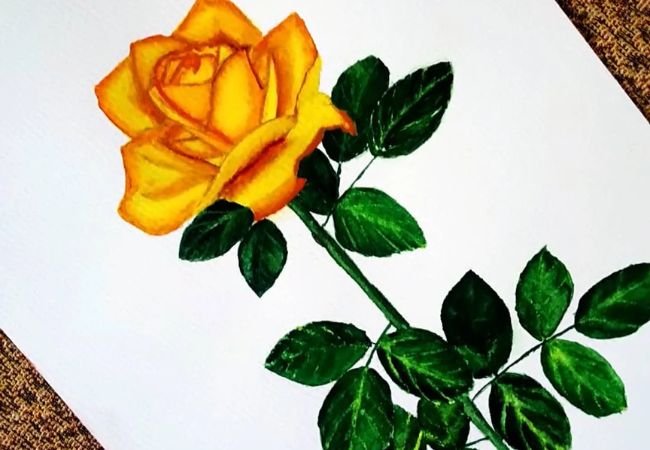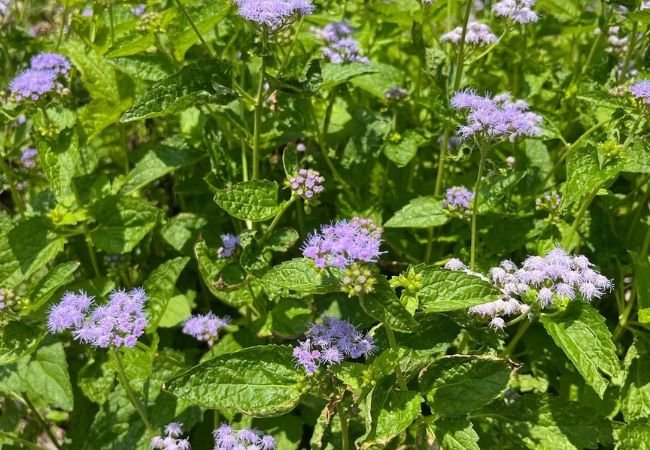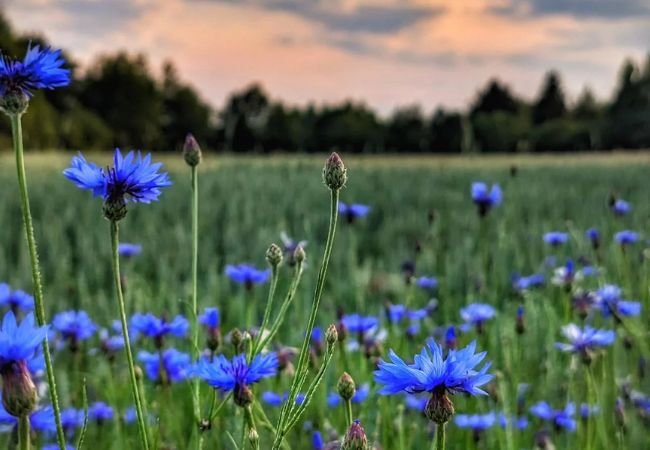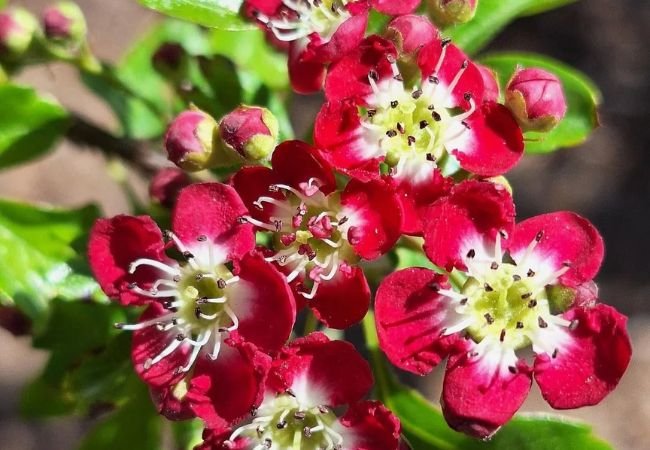Blue Fortune Agastache : A Gardener’s Guide to This Stunning Perennial
Discover the beauty and benefits of Blue Fortune Agastache. Learn how to grow, care for and use this pollinator-friendly plant in your garden landscape.
Blue Fortune Agastache, also known as Anise Hyssop or Giant Hyssop, is a striking perennial that adds both color and fragrance to gardens. This article will explore the characteristics of this plant and provide tips for growing and maintaining it.
Here’s an easy-to-read chart for Blue Fortune Agastache:
| Category | Information |
|---|---|
| Botanical Name | Agastache ‘Blue Fortune’ |
| Common Name | Blue Fortune Agastache |
| Plant Type | Perennial |
| Hardiness Zone | USDA Zones 5–9 |
| Sun Exposure | Full Sun |
| Soil Type | Well-drained, sandy or loamy soil |
| Watering | Moderate; drought-tolerant once established |
| Growth Habit | Upright, bushy |
| Height/Spread | 2–3 ft tall / 1–2 ft wide |
| Special Features | Attracts bees, butterflies, and hummingbirds; deer-resistant, fragrant foliage, long bloom time |
What is Blue Fortune Agastache?
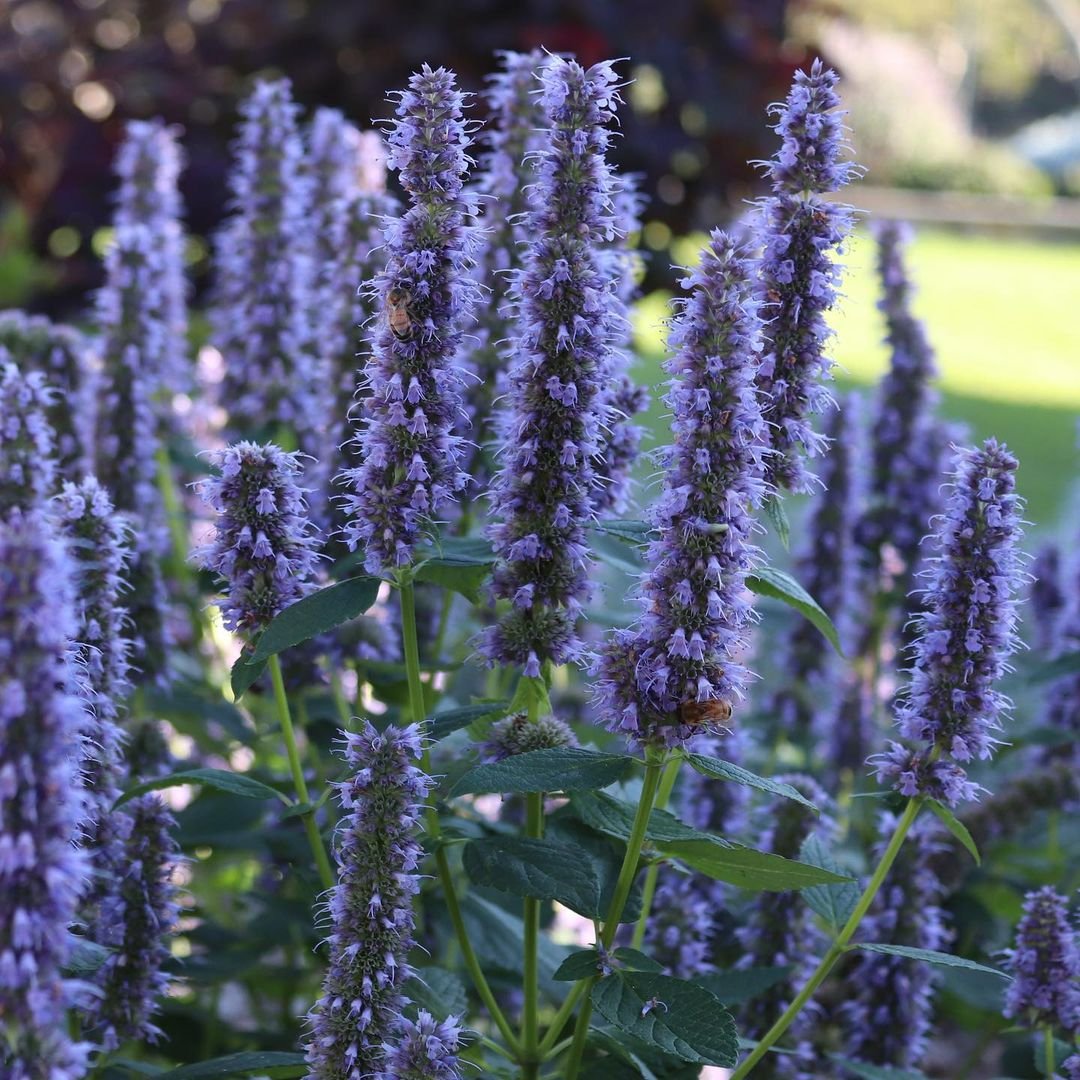
Blue Fortune Agastache (Agastache ‘Blue Fortune’) is a hybrid variety known for its:
- Tall spikes of lavender–blue flowers
- Aromatic foliage with a licorice scent
- Attraction to pollinators like bees and butterflies
Learn more about Agastache varieties
Plant Characteristics
- Height: 2-3 feet (60-90 cm)
- Spread: 1-2 feet (30-60 cm)
- Bloom Time: Mid-summer to fall
- Sun Exposure: Full sun
- Hardiness Zones: 5-9
Growing Blue Fortune Agastache
Soil Requirements
- Well-draining soil
- pH range: 6.0-7.0
- Tolerates poor soil conditions
Planting
- Choose a sunny location
- Space plants 18-24 inches apart
- Plant in spring or early fall
- Water thoroughly after planting
Caring for Blue Fortune Agastache
Watering
- Water regularly during the first growing season
- Once established, it’s drought-tolerant
Fertilizing
- Apply a balanced fertilizer in spring
- Avoid over-fertilizing, which can reduce blooms
Pruning
- Deadhead spent flowers to encourage reblooming
- Cut back to 6 inches above ground in late fall or early spring
Winter Care
- Add a layer of mulch in colder regions for winter protection
- Avoid wet soil in winter to prevent root rot
Common Problems and Solutions
- Powdery Mildew
- Cause: High humidity and poor air circulation
- Solution: Improve air flow, avoid overhead watering
- Root Rot
- Cause: Overwatering or poor drainage
- Solution: Ensure well-draining soil, avoid overwatering
- Leaf Spot
- Cause: Fungal infection
- Solution: Remove affected leaves, improve air circulation
Troubleshooting plant problems
Using Blue Fortune Agastache in the Garden
Landscape Design
- Use as a backdrop in perennial borders
- Plant in groups for a dramatic effect
- Combine with other pollinator-friendly plants
Companion Plants
- Echinacea (Coneflower)
- Rudbeckia (Black-eyed Susan)
- Salvia (Sage)
- Lavandula (Lavender)
Container Gardening
- Suitable for large containers
- Ensure good drainage
- Use a high-quality potting mix
Benefits of Blue Fortune Agastache
- Attracts Pollinators
- Bees, butterflies, and hummingbirds love the nectar-rich flowers
- Deer Resistant
- The aromatic foliage deters deer and rabbits
- Drought Tolerant
- Once established, it requires minimal watering
- Long Blooming Period
- Provides color from mid-summer through fall
More on the benefits of planting Agastache
Propagation Methods
- Division
- Divide plants in spring every 3-4 years
- Cuttings
- Take stem cuttings in late spring or early summer
- Seeds
- Sow seeds indoors 6-8 weeks before last frost date
Blue Fortune Agastache is a versatile and attractive perennial that offers many benefits to gardeners. Its striking blue flowers, aromatic foliage, and ability to attract pollinators make it a valuable addition to any garden. By following the care guidelines outlined in this article, you can successfully grow and enjoy this beautiful plant in your landscape.
Whether you’re looking to create a pollinator-friendly garden, add height and color to your borders, or simply enjoy the fragrant foliage, Blue Fortune Agastache is an excellent choice. With proper care and attention, this stunning perennial will provide years of beauty and enjoyment in your garden.

